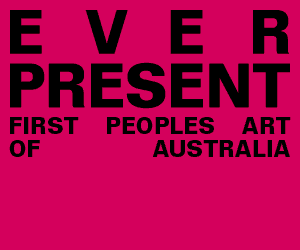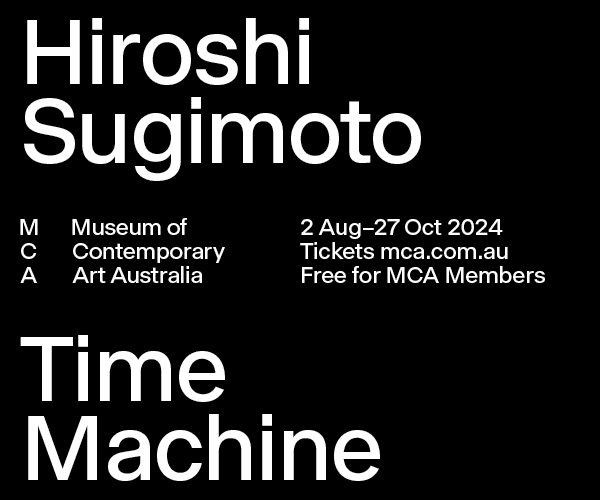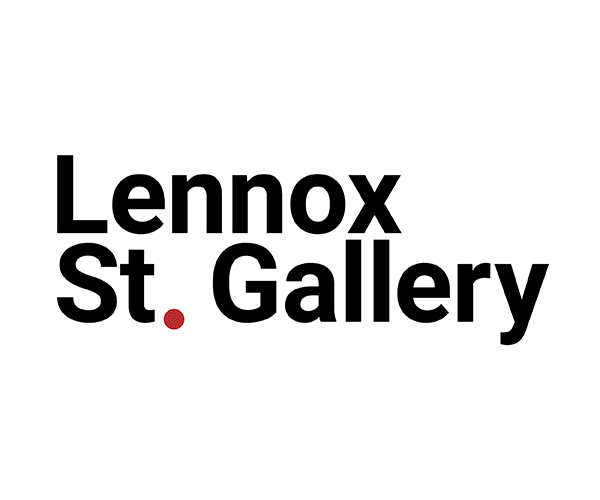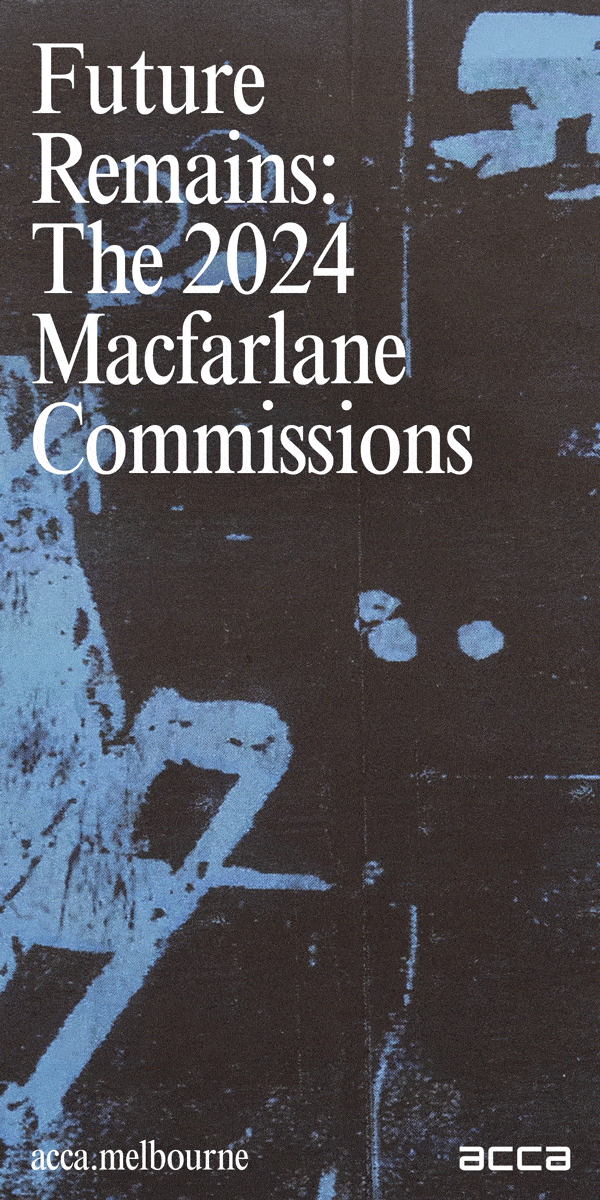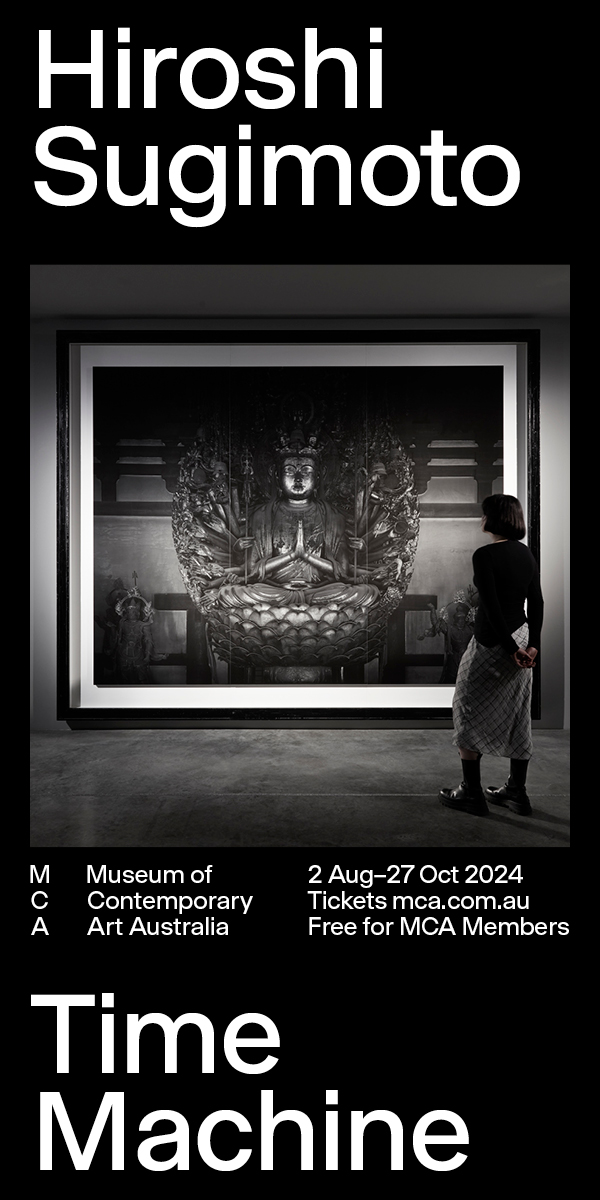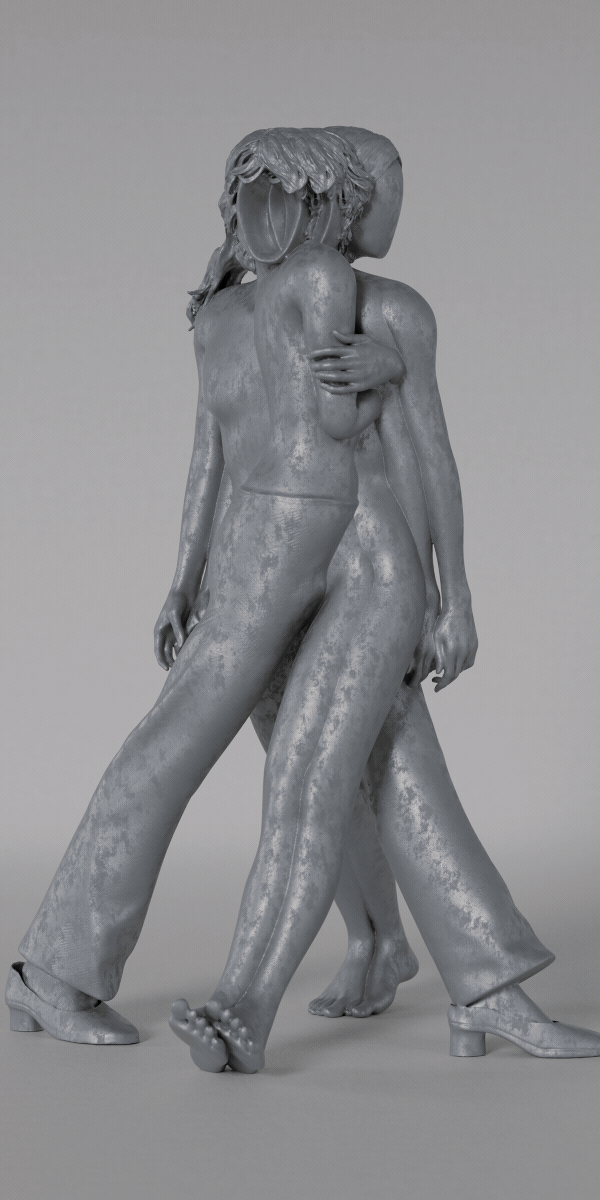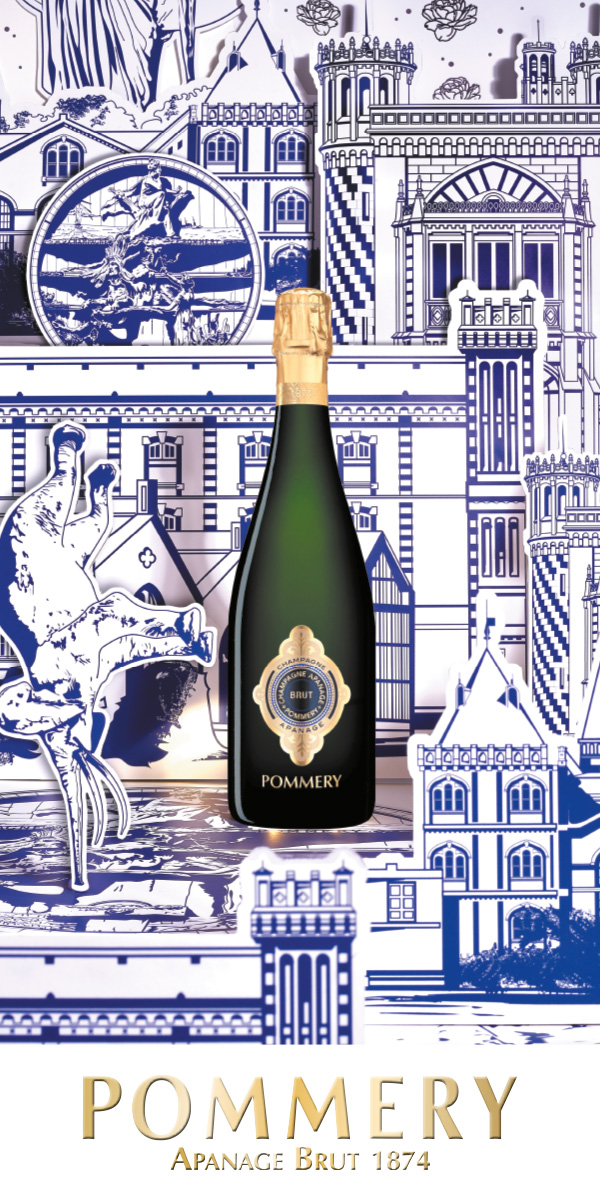Ten Thousand Suns with the Artists: John Pule
The 24th Biennale of Sydney, Ten Thousand Suns, closed on Monday 10 June after a three-month run beginning 9 March. VAULT spoke to some of the artists involved with the Biennale’s visionary partner, Fondation Cartier pour l’art contemporain, through their landmark commissioning of 14 First Nations artists from around the world.
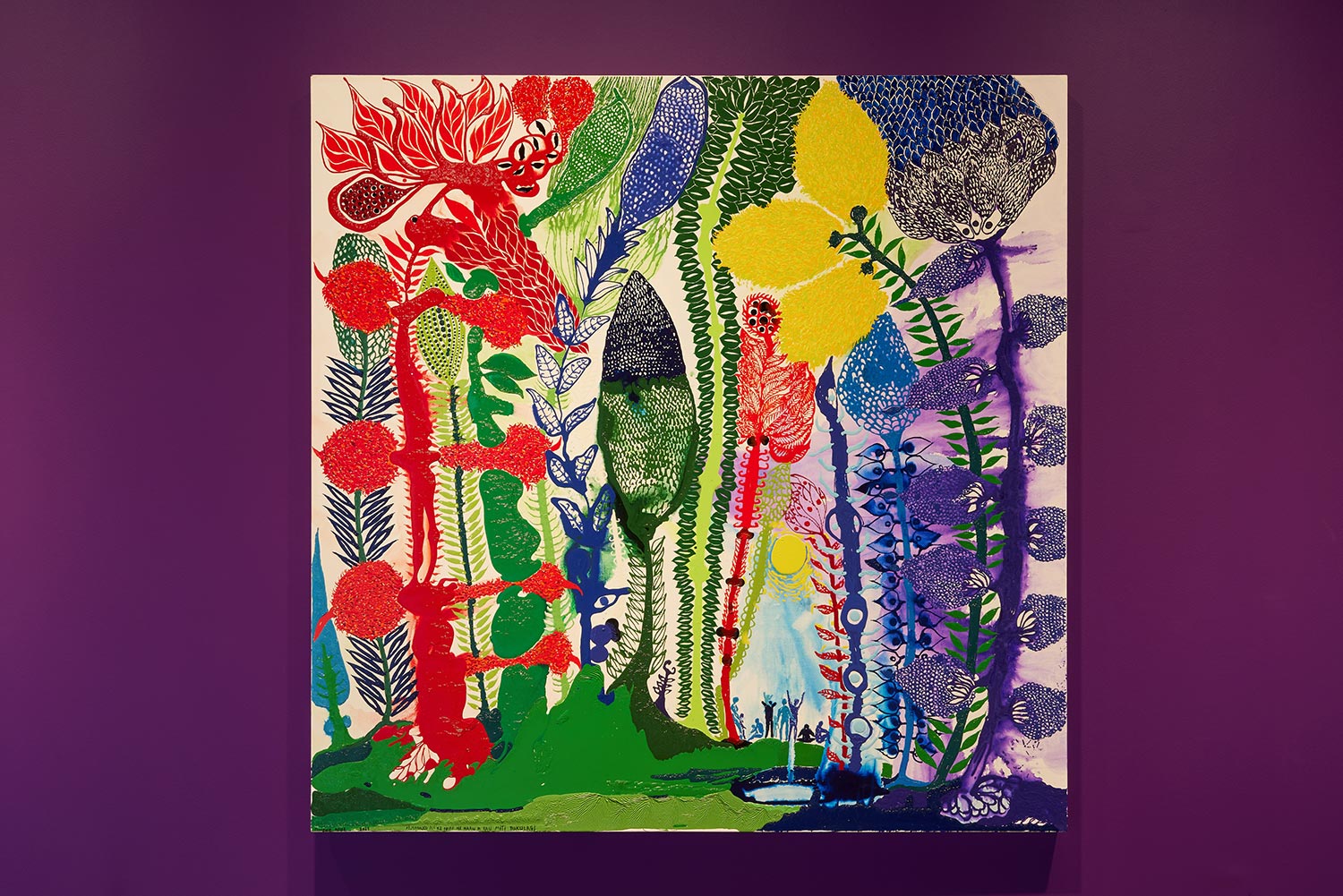
John Pule, Ai Manako Au Ke Nofo He Haau A Tau Miti Tukulagi – I don’t want to live in your dreams anymore, 2023, Installation view, Ten thousand suns, 24th Biennale of Sydney 2024, Art Gallery of New South Wales. Photo: © Art Gallery of New South Wales, Christopher Snee
Alison Kubler: Hi, John. Congratulations on being part of the Sydney Biennale this year. Can you tell me a little about what it's like to be commissioned by the Biennale and the Fondation Cartier? What does that mean for you and your practice?
John Pule: Well, one that I am still wanted! Two, it's a prestigious foundation, so being associated with them and being commissioned to do a painting for them has been quite exciting for me personally.
I had to do the painting while I was in Niue, but then I came over to Sydney for one week during the opening that week of celebration, and it was pretty incredible, the openings and the different functions and also meeting a lot of other artists and the curators.
AK: That is an exciting thing, isn't it, that you’re away making this work that then goes somewhere else altogether for a different audience to see. How much do you think about who will see your work, or do you not let that inform what you're making?
JP: I had a brief discussion with Inti and Cosmin, the artistic directors of the Biennale. They didn't really give me a brief on what they were looking for, which gave me the freedom—and that's the kind of freedom that I want—to just let me do my thing.
I had in mind what I wanted to do, and it was also something I've been working on since I returned to live in Niue 10 years ago. This particular painting, I Do Not Want to Live in Your Dreams Anymore, resulted from what I painted for the Biennale, but I wasn't thinking of an audience or anyone in particular, except that I just wanted to do it for myself.
AK: Let's talk about what you made then and the title. Can you describe the work for us?
JP: The title is I Do Not Want to Live in Your Dreams Anymore. And it is rich in many different colours.
Part of it could be under the ocean. But it depicts living in a lush environment with a family of people staring at a luminous sun, shining brightly, all its rays like liquid. It’s as though the sun shook off all the yellow liquid, and it’s sitting on top of the leaves and the branches while the family stare in awe.
And there are children, young people, mothers, and fathers. The title is about living in the kind of dream I create rather than living in the dreams others want me to be in. It’s about not wanting to become part of something that doesn't suit your philosophy or the kind of way that you see the world.
AK: In a way, you're looking for freedom away from those constructions around First Nations work, and colonial notions of what art should look like or what it speaks to.
JP: Yeah. Well, it's bringing forward my independence and attitude towards what people expect from a Pacific Islander. But even that aspect isn’t something I’m actively thinking about because I've been doing my painting and writing in my own time and space, and I do not have to be influenced by what is expected.
The painting was painted inside an old parliament building in Niue, so there was a connection between the colonial government at the time and the story of why this parliament building was built in Niue: as part of the process of giving independence to a colony of Britain or New Zealand.
AK: Interestingly, you're making it in that space! Do you think about that when you make the work?
JP: Well, you know, the building is very historical because Niue independence only came about in 1974, fifty years ago, which is relatively young.
AK: And you've been living in Niue for the last ten years? And you returned there?
JP: I returned ten years ago and built a little studio and hut on my father's land.
AK: How has that return and being there informed what you're making?
JP: My background is the main influence on my work and writing. I was born in Niue and left there when I was two years old to live with my parents in New Zealand, where I was raised.
Ten years ago, I decided to go back and live in the place that had influenced my work for the past 40 years.
And that had a significant impact because, you know, the process of being able to build on my father's land took longer than I expected, two years. Yeah. Through, you know, meetings, negotiations, and eventually, you know, a bit of violence was involved.
AK: So, when you were away before you went back, were you making work about Niue, as it was in your mind?
JP: Well, I have returned quite a few times—I first went back in 1991. But then, around 2013, I decided I wanted to build something and settle.
But before that, I got a lot of my knowledge from talking to my aunties, my mum, and people older than me who had lived in Nui and remembered it. I had to try to construct a family history by talking to people because that was what I could build and draw from for my writing and painting. Then I started researching and could tell a story of what kind of life I would’ve been brought up in in the 60s if I had lived in Niue.
AK: It was quite a profound experience to go back then and actually live and make work there. Are there other artists in Niue?
JP: There are a few artists, but we do different things, and I mainly keep to myself.
I live in a forest, you know. And that has been very influential.
AK: Your work looks to nature. Can you discuss some of the motifs that are more current themes in your practice?
JP: In the Biennale, I also have three unstretched painted canvases influenced by the Niuean tapa, which we call the hiapo. One is burnt umber, and the other two are painted black.
Hiapo was produced in the 19th century, but by the end of the 19th century, they had stopped being made. The tapa from the late 19th century were like documents showing the influences the Niuean artists saw around them. Around the 1860s and 70s, the presence of Europeans was becoming more prominent. Hence, colonial figures started appearing in this tapa, furniture started appearing, and things like ships started appearing on these tapa cloths.
Those pieces are from around 1995, and the two most recent paintings [in the exhibition] are the kind of works that I started painting when I returned 10 years ago.





